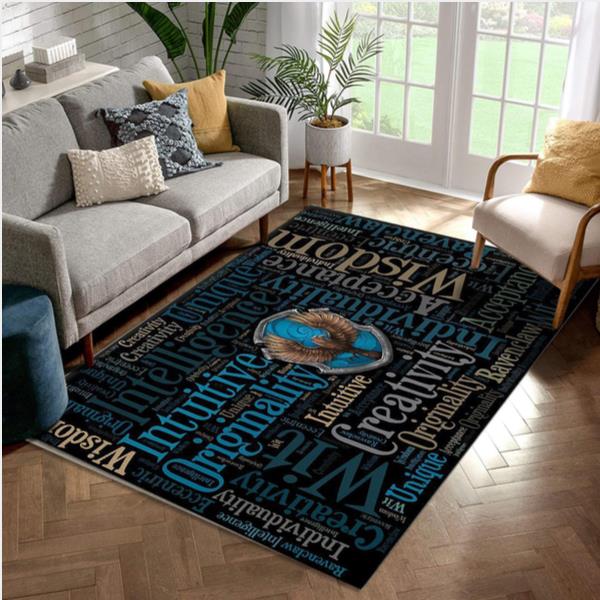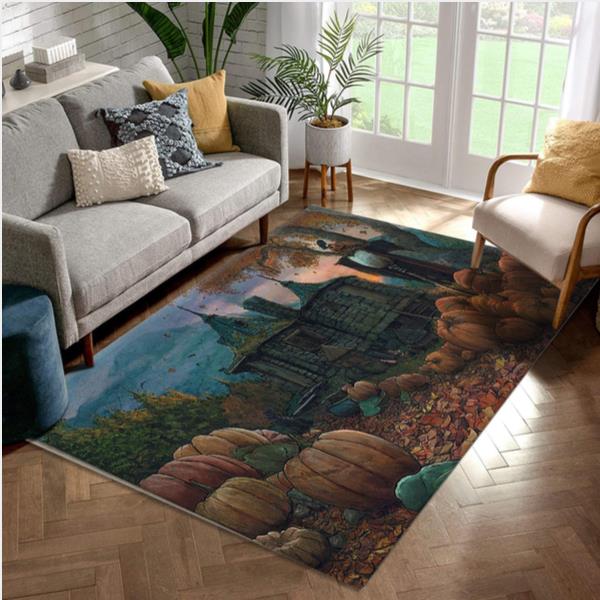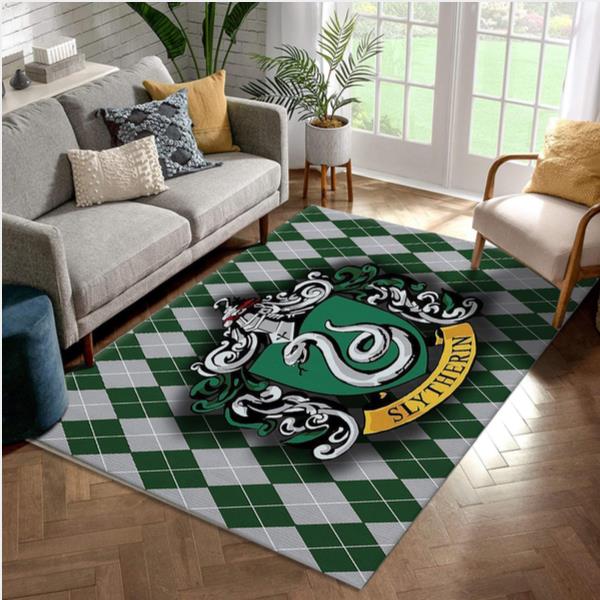No products in the cart.
Top 6 Harry Potter Filming Locations You May Surprise
From the bustling streets of London to the cobbled pathways of Scotland, the magical world of Harry Potter has captivated audiences around the world. From Hogwarts to Hogsmeade, the Harry Potter series has left an indelible mark on popular culture. While some of the filming locations were obviously on-location sets, there were other locations used for filming that may surprise fans. In this blog, we’ll explore the Top 6 Harry Potter filming locations you may not have known about.
1. Alnwick Castle
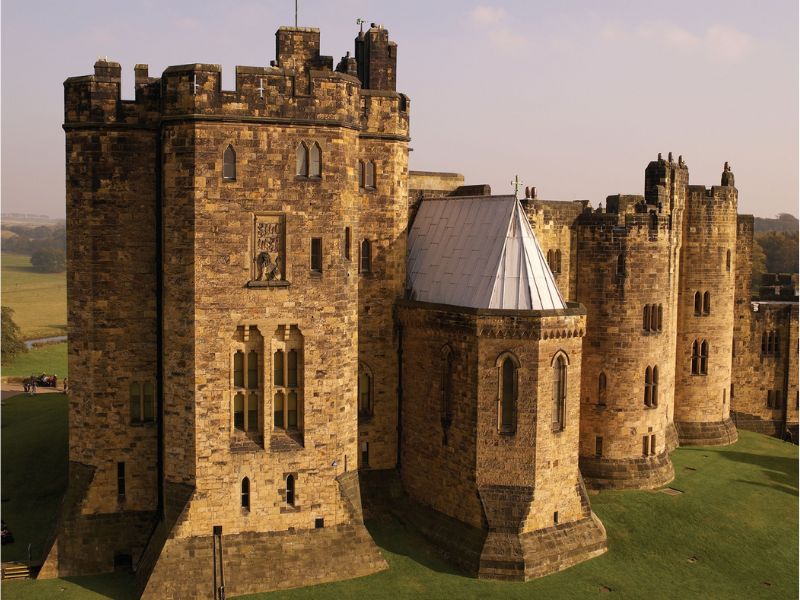
The filmmakers utilized advanced technical skills to seamlessly merge footage of different historical buildings to bring Hogwarts Castle to life on screen. Among the various filming locations, the 11th-century medieval Alnwick Castle in Northumberland was particularly remarkable. Outdoor scenes for Harry Potter and the Philosopher’s Stone were shot there during the autumn of 2000 and for Harry Potter and the Chamber of Secrets the following year.
Madam Hooch taught Harry and his peers how to fly broomsticks in the courtyards. He also learned the rules of Quidditch and played his first game there. Harry and Ron crashed the Weasley’s flying car in this area. Students and staff frequently engaged in activities on the castle grounds or walked to Hagrid’s cabin and the Forbidden Forest through the Lion Arch. Alnwick is among the most popular Harry Potter filming locations, where you can visit the castle and take broomstick flying lessons. However, Durham Cathedral and Gloucester Cathedral are also noteworthy. The Chapter House in Durham Cathedral was used as Professor McGonagall’s classroom, while the ornate cloisters in Gloucester Cathedral were used for corridor shots, and Moaning Myrtle caused a flood in the toilet.
2. Oxford University
The ancient institution, known as this esteemed University, holds the title of the most ancient in the English-speaking world. Its aesthetically pleasing structures have been utilized as the backdrop for numerous memorable scenes in the Harry Potter films, playing the role of different areas of Hogwarts Castle.
Christ Church, Oxford
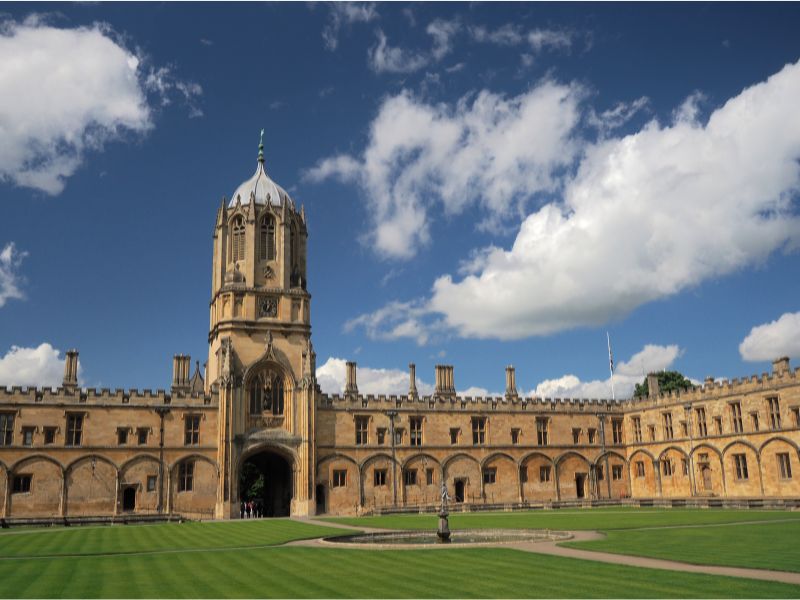
The Tudor hall located at this site served as the basis for the Hogwarts’ Great Hall set, which was constructed by the filmmakers at Warner Bros studios in Leavesden, a suburb of London. While filming did not occur within the Christ Church Hall, the 16th-century stone staircase leading up to it was used in The Philosopher’s Stone as the spot where Harry and his fellow first-year students meet Professor McGonagall and enter Hogwarts’ Great Hall for the very first time.
New College, Oxford
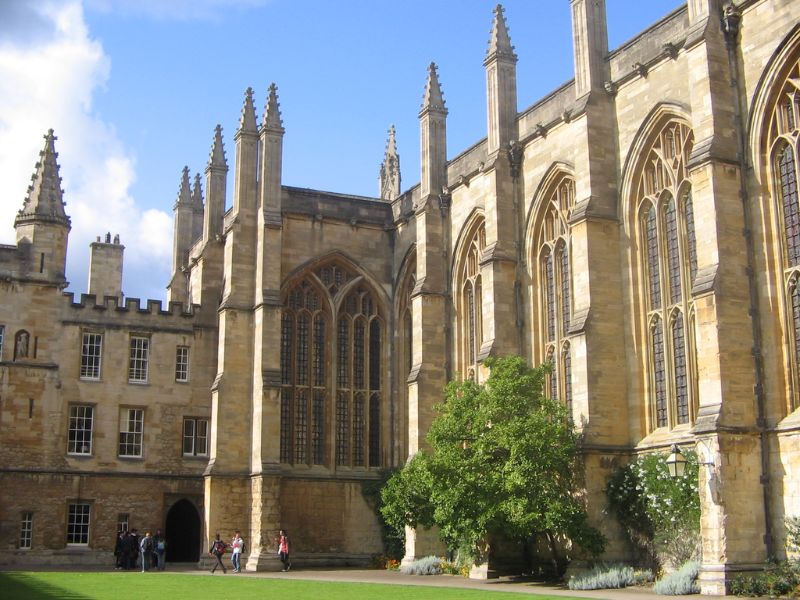
The New College’s exquisite courtyard is featured in the Goblet of Fire scenes where Harry is being taunted by students wearing ‘Potter Stinks’ badges. It’s also the location where Malfoy was transformed into a ferret by Mad Eye Moody while sitting on the legendary oak tree.
The Bodleian Library, Oxford
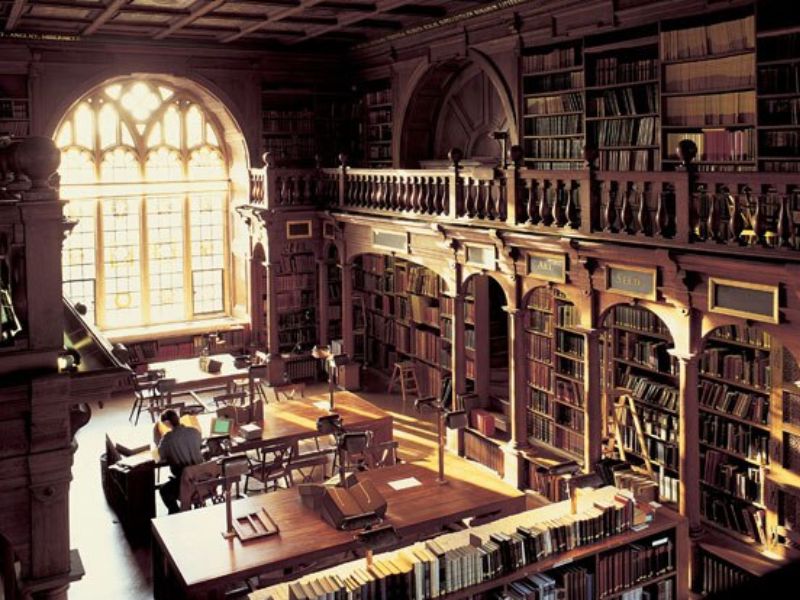
The impressive Bodleian Library was utilized as the setting for 3 of the Harry Potter movies. Specifically, Duke Humfrey’s Library was transformed into Hogwarts’ library where Hermione was frequently depicted reading. Additionally, the English Gothic Room of the Divinity School, which dates back to 1488 and is the oldest teaching space at the university, was utilized as Hogwarts Infirmary. For example, in The Half-Blood Prince, the room was used in the scene where Ron recuperates after being poisoned.
Lacock Village and Abbey
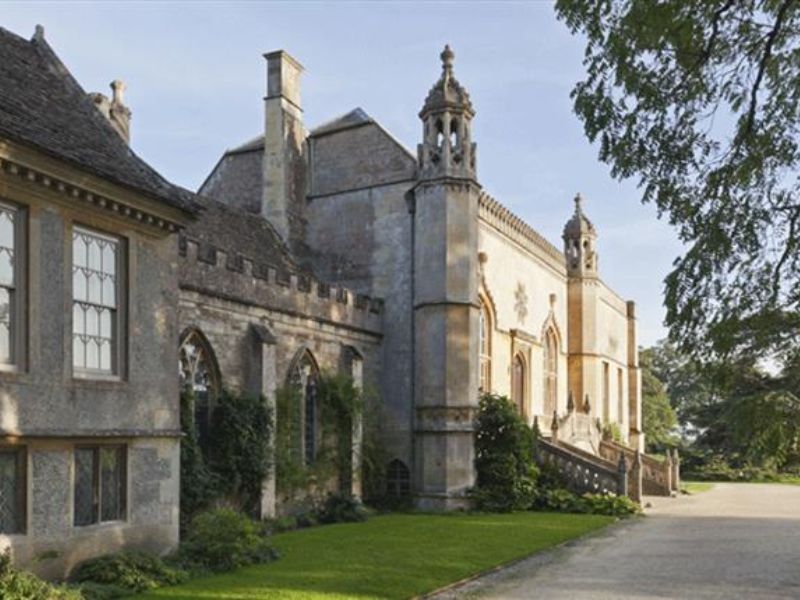
The attractive village located near a 13th-century abbey in Wiltshire was extensively utilized for the filming of Harry Potter locations in England. In The Philosopher’s Stone, Godric’s Hollow village and parish church are recognizable in Lacock, while Harry’s parents’ cottage was filmed at the end of Church Street. The cloisters in Lacock Abbey were also used as the halls of Hogwarts Castle. Professor Quirrell’s Defence Against the Dark Arts classroom was filmed in the Abbey’s Warming Room, which features a giant cauldron. Professor Snape’s Potions Class was held in the Sacristy, and Harry discovered the Mirror of Erised in The Philosopher’s Stone in the Chapter House.
3. London

The Hogwarts Express departs from Platform 9 ¾ at London’s Kings Cross station in the books and movies. Nowadays, a wall with a luggage trolley embedded into it is present at the actual platform 9, and fans of all ages can be seen at the station wearing Hogwarts scarves, pretending to walk through the wall just like Harry, Ron, and Hermione did in the first film.
If you happen to visit Kings Cross, don’t forget to explore St Pancras Station, which was used for the entrance to Kings Cross Station in the Harry Potter films. The neo-gothic frontage of St Pancras Renaissance Hotel is more visually striking and worth checking out.
In addition, head to the Victorian Leadenhall Market to see the filming location of Diagon Alley and the Leaky Cauldron in Harry Potter and the Philosopher’s Stone. You can also visit other Harry Potter filming locations in London, such as Australia House, which served as Gringotts Bank, the reptile house at London Zoo, and take a short trip to the Warner Bros studios at Leavesden to view the various sets, props, costumes, and artifacts from the series.
4. The Jacobite Steam Train
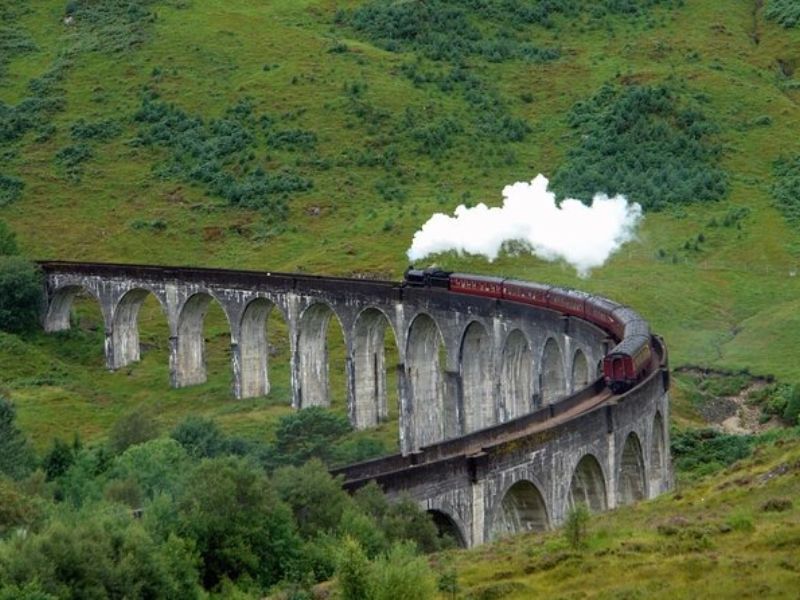
If you’re a fan of Harry Potter, you might be excited to know that you can actually take a ride on the Hogwarts Express! Although the train station in the village of Hogsmeade was filmed in Goathland, Yorkshire, the scenes of the train traveling to Hogwarts were shot on the Jacobite Steam Train crossing the Glenfinnan Viaduct in the Scottish Highlands. This train journey has been praised as the most beautiful in the world, and it passes many of the stunning filming locations from the Harry Potter movies. You can experience this magical ride for yourself, travelling 42 miles from Fort William to Mallaig on the West Highland Railway Line. During your journey, you might even want to try a Butterbeer Hot Chocolate or a Dementor’s Kiss from the trolley!
5. The Highlands of Scotland
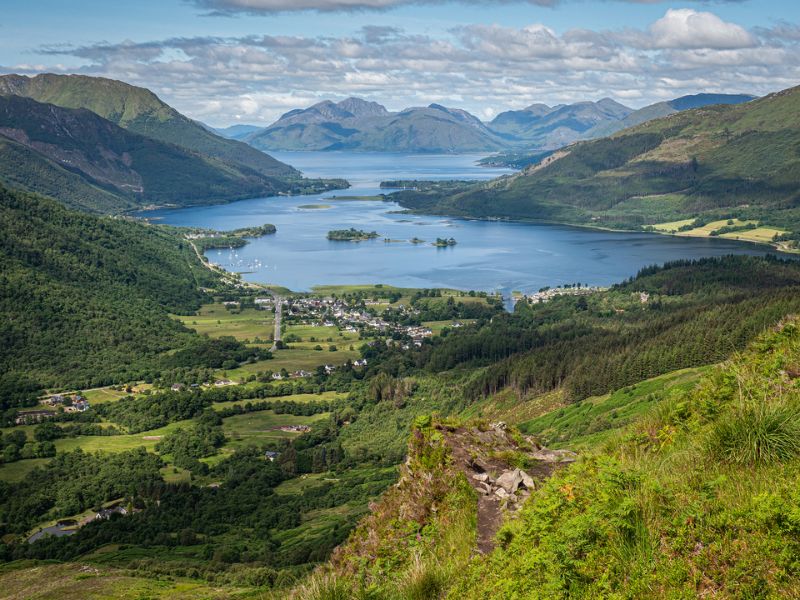
During interviews, JK Rowling expressed that she always envisioned Hogwarts to be located in Scotland, making it fitting that some of the most breathtaking scenes showcasing the Harry Potter Castle grounds were filmed in the striking Scottish Highlands. Watch out for Hagrid’s hut, situated at Glencoe by the Clachaig Inn, where Hermione punches Malfoy in The Prisoner of Azkaban, and Loch Eilt’s Eilean Na Moine, which served as the filming location for Dumbledore’s grave in Harry Potter and the Deathly Hallows Part 1. Be sure to keep an eye out for Loch Morar, the biggest freshwater lake in Britain, blended with nearby Loch Arkaig and Loch Shiel digitally to create Hogwarts Lake. While crossing the desolate Rannoch Moor, visualize yourself in The Deathly Hallows Part 1, where the Dementors board the train to find Harry. Close by are Steall Falls, the second-highest waterfall in Britain, and the picturesque surroundings of Glen Nevis, which have been utilized as a filming location several times throughout the Harry Potter films, specifically as a stunning backdrop for some thrilling Quidditch matches!
6. Edinburgh
Despite not being directly linked to Harry Potter, Edinburgh has a longstanding reputation for supernatural occurrences and sorcery. Although the city wasn’t utilized as a filming location for the popular film series, its charming medieval infrastructure, intricate passageways, and fascinating background greatly influenced author JK Rowling’s creativity while residing in the area, as evidenced by the numerous reminders found throughout the city.
Victoria Street
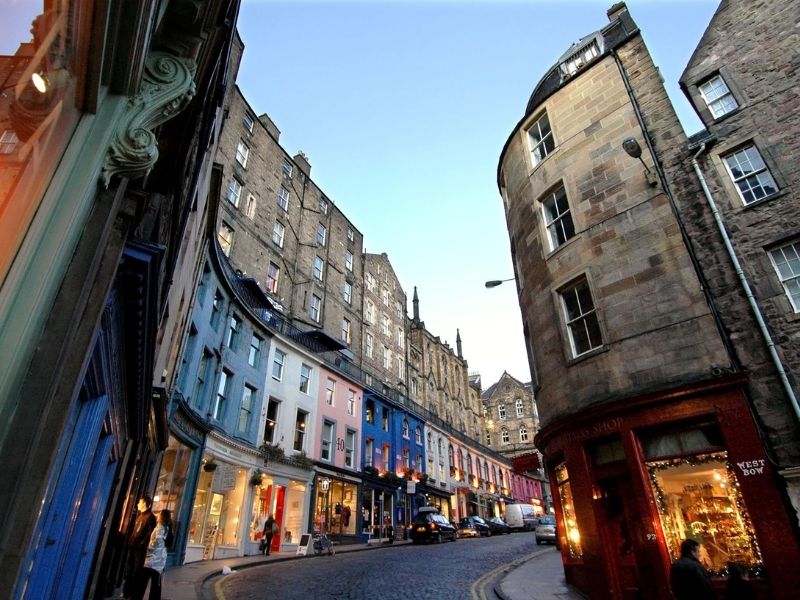
Ascending from Grassmarket to George IV Bridge, strolling along this charming road lined with captivating antique shops and quaint coffee houses will transport you to the enchanting world of Diagon Alley. The whimsical Harry Potter souvenir shops and the amusing joke shop located at the street’s end enhance the magical ambiance, while the nearby Candlemaker Row boasts a Harry Potter plaque and mural, further adding to the enchantment.
Greyfriar’s Kirkyard
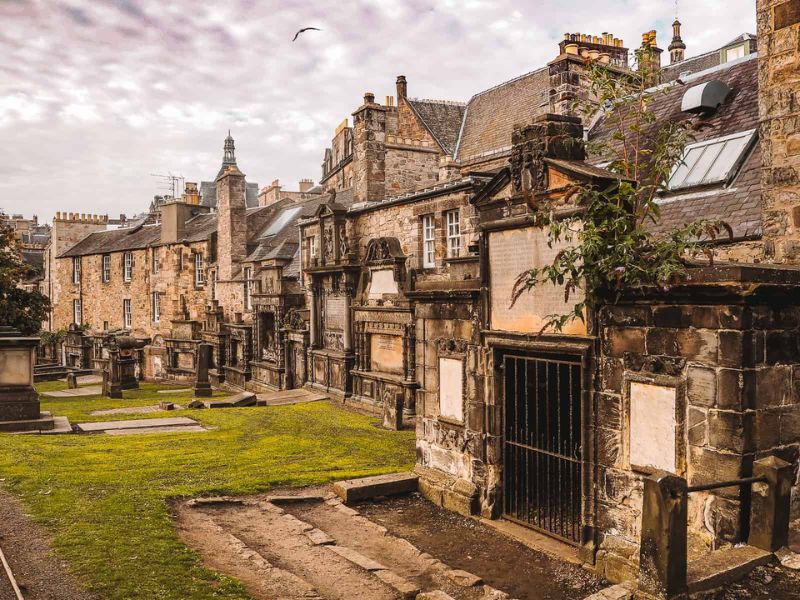
The eerie ancient cemetery that JK Rowling frequently visited exposes gravestones bearing the names of individuals such as Thomas Riddell, William McGonagall, and Elizabeth Moodie. Is it merely a coincidence? We strongly suspect not!
George Heriot’s School

This magnificent school is located a brief stroll away from Victoria Street and its architecture bears a striking resemblance to Hogwarts. While it’s not possible to explore the premises, peering through the gates is worthwhile, especially when considering that the school’s founder established a foundation that presently provides free education and support for orphaned children. It’s worth noting that both Tom Riddle and Harry Potter, who were orphans, found a sense of belonging at Hogwarts.
The Elephant House Café and Spoon Café
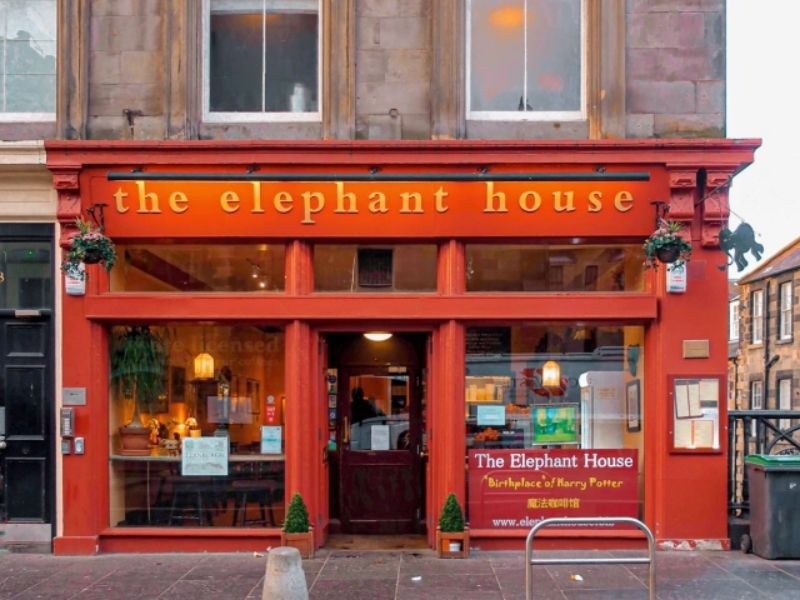
While crafting The Philosopher’s Stone, JK Rowling spent time at The Elephant House located on George IV Bridge and Spoon (formerly known as Nicolson’s) situated on Nicolson Street. As for Harry Potter and the Deathly Hallows, she concluded the writing process in room 552 of the luxurious Balmoral Hotel, which stands near the Waverley train station and is now identified as the JK Rowling Suite.
Read more:
- Are Harry Potter and Draco Malfoy related?
- Are Harry Potter’s parents alive?
- Top 7 Best Harry Potter Ravenclaw Rugs For Any Space
- 13 Best Ideas For Harry Potter Decor For Bedroom



